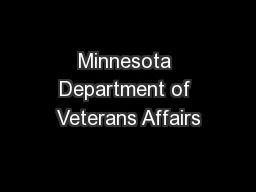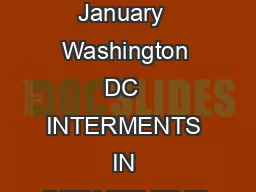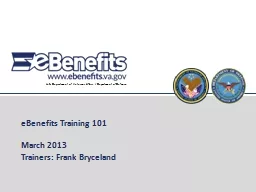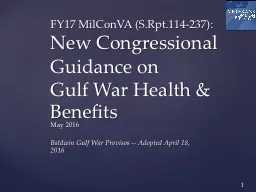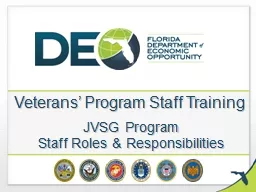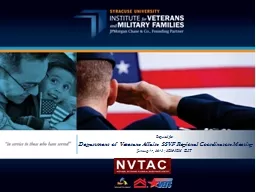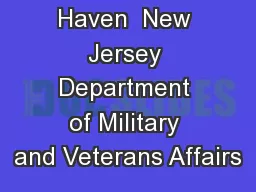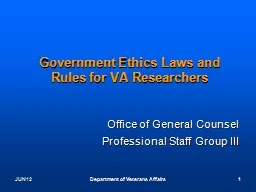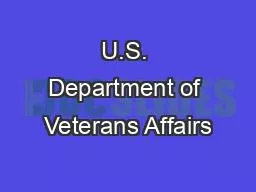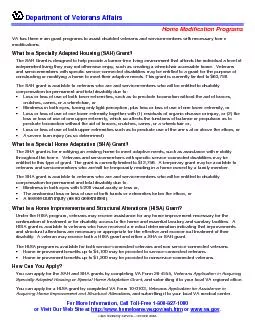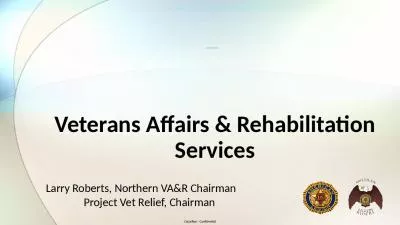PPT-Minnesota Department of Veterans Affairs
Author : aaron | Published Date : 2018-12-06
House State Government Finance Committee February 24 2011 1 Minnesota Department of Veterans Affairs Comprehensive Five Year Strategic Plan with 2010 Update httpwwwmdvastatemnusreportsindexhtmStrategicPlan
Presentation Embed Code
Download Presentation
Download Presentation The PPT/PDF document "Minnesota Department of Veterans Affairs" is the property of its rightful owner. Permission is granted to download and print the materials on this website for personal, non-commercial use only, and to display it on your personal computer provided you do not modify the materials and that you retain all copyright notices contained in the materials. By downloading content from our website, you accept the terms of this agreement.
Minnesota Department of Veterans Affairs: Transcript
Download Rules Of Document
"Minnesota Department of Veterans Affairs"The content belongs to its owner. You may download and print it for personal use, without modification, and keep all copyright notices. By downloading, you agree to these terms.
Related Documents

